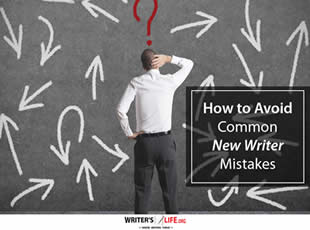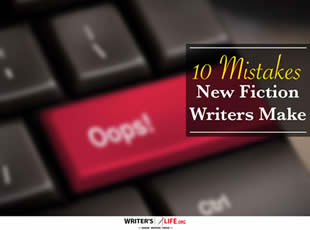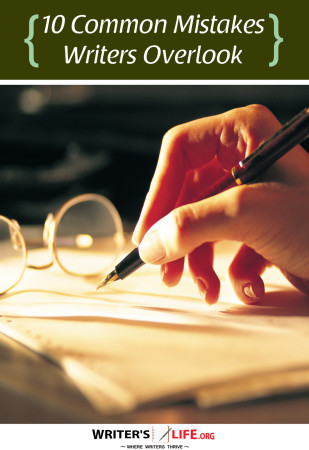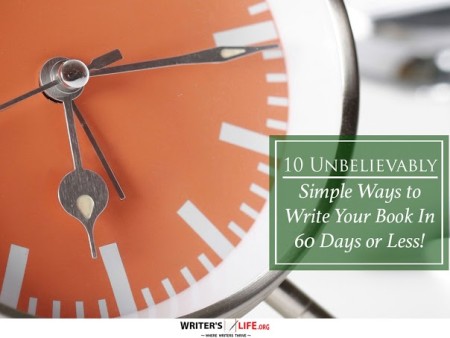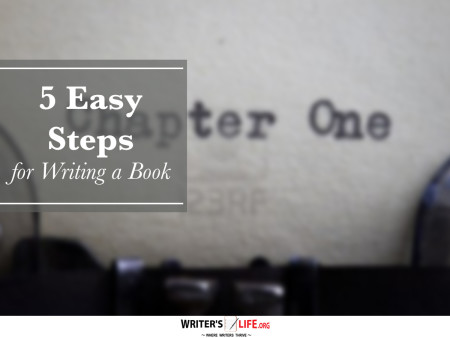- How To Tackle Jealousy In Creative Writing
- Common Submission Mistakes
- How To Stop Your Blog Becoming Boring
- The One Thing Every Successful Writer Has In Common
- How To Make Yourself Aware Of Publishing Scams
- Why Almost ALL Writers Make These Grammar Mistakes At Some Point
- 5 Tips For Authors On How To Deal With Rejection
- Top Mistakes to Avoid When Writing a Novel
- How to Avoid Common New Writer Mistakes
- 10 Mistakes New Fiction Writers Make
How to Write Smarter With Reusable Story Structures

Reusable story structures can transform a writer's process, making crafting compelling narratives easier and more efficient. By offering a framework that guides the storytelling process, these structures help writers focus on creativity and character development without reinventing the wheel each time they start a new project. How exactly can these powerful tools assist in writing smarter? Let's dive into some effective story templates and practical techniques you can start using today.
Effective Story Templates: A Writer’s Best Friend
The idea of story templates is akin to using a recipe when baking a cake. You still need to bring your own flair to the dish, but the foundation is laid out for you. With these templates, you have the structure of the plot, conflict, climax, and resolution already in place, which frees up your mind to focus on character development and style. Using story templates for writers doesn't mean your work will lack originality; it provides a skeleton to which you can add your unique voice and imagination.
For instance, the hero's journey is a classic story structure that has been used in countless films and books. This ultimate story framework consists of several stages that guide the protagonist from their ordinary world through extraordinary challenges. By utilizing such frameworks, writers can streamline the drafting process while maintaining consistency and engagement in their storytelling.
Smart Writing Techniques with Reusable Structures for Writing
When writers incorporate smart writing techniques with reusable structures for writing, they tap into a wealth of organizational benefits. These strategies help in overcoming writer’s block since the framework provides a clear direction, so you’re seldom left wondering, “What happens next?” Moreover, these structures help in building a coherent narrative that resonates with your audience.
By focusing on these easy story writing tips, you can balance plot development with character arcs more effectively. This balance is important because it ensures that the story is progressing while the characters grow in complexity and depth. Tactical use of story structures can also increase your productivity, as you spend less time stuck on plot details and more time bringing your world to life.
How Achievable Story Frameworks Enhance Creativity
It's a common misconception that story frameworks limit creativity. On the contrary, successful story structures such as Aristotle's three-act structure and the five-act Shakespearean version often unleash a writer’s creative potential by providing clear boundaries within which they can innovate. These frameworks act as flexible guides rather than rigid rules.
When applied as achievable story frameworks, these structures can inspire new plot twists and character developments you might not have considered initially. This boosts originality while ensuring the narrative remains compelling and focused. For any writer looking to pitch their novel or screenplay, adopting an established framework can also lend credibility and clarity to their work, much like known architectural blueprints convince a buyer of a secure structural design.
Powerful Story Frameworks Provide Narrative Clarity
Writing with powerful story frameworks not only clarifies the narrative but also reinforces its impact on readers. Having a strong storyline makes it easier to weave in subplots and secondary characters, making your story layered and multidimensional. Think of your main plot as the trunk of a tree from which all other branches (subplots) emerge, creating a full, vibrant narrative.
Developing your narrative within a robust framework also makes the revision process more straightforward. With a clear map of your story's trajectory, editing becomes less about restructuring and more about refining. Want to promote your book after it’s published? Check out our Book Marketing Articles.
Writing within a framework doesn't stifle creativity—it focuses it.
Frequently Asked Questions About Reusable Story Structures
Q: Are reusable story structures suitable for all genres?
A: Yes, reusable story structures can be adapted for any genre, from romance to science fiction. They provide foundational components that allow for genre-specific customization.
Q: Do story frameworks restrict my creativity?
A: Not at all. They serve as guides that free your mind to experiment with different elements within a narrative structure.
Q: Can I create my own story framework?
A: Absolutely! Many writers develop personalized frameworks that blend elements from established templates to better suit their individual storytelling style.
According to Wikipedia, story structures have been evolving since ancient times, evolving with cultures to suit storytelling needs and audience expectations. If you're serious about growing your author career, don't miss out on these free tools and templates built specifically for writers. Access all 7 free resources here.



















